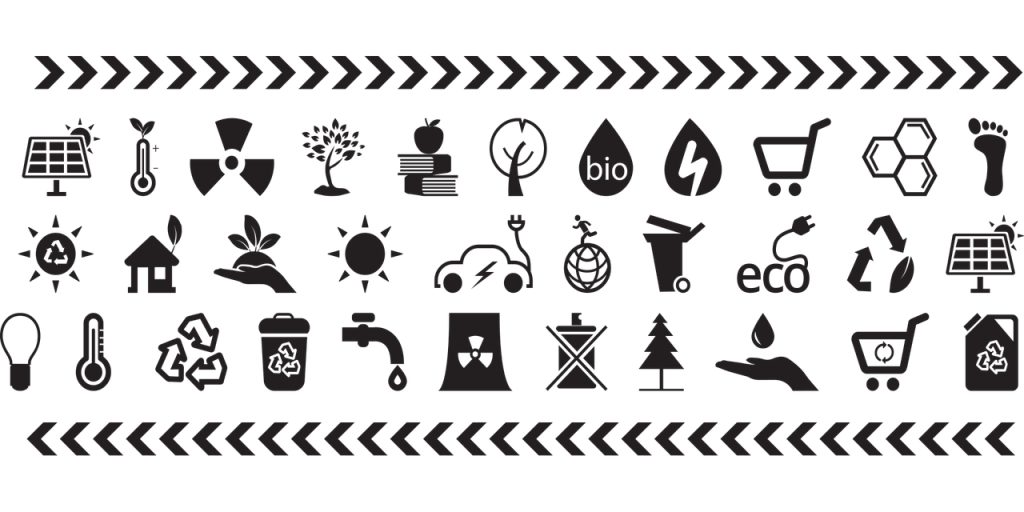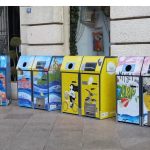The largest amounts of textile and footwear waste are not separated and end up in mixed municipal waste or bulky waste, the newspaper quoted the Ministry of Economy and Sustainable Development as saying.
The ministry noted that textile and footwear waste recovery facilities are not utilised enough, and that all wastes should be collected separately on the sites where they are produced, for example by using containers or a door-to-door waste collection system. It added that waste re-use centres are also a solution, such as the one operating in the northern town of Prelog, and stressed the importance of awareness raising, encouraging product repairs, buying more durable products and separating unwanted products for re-use.
The national waste management plan for 2017-2022 aims, among other things, to reduce the total amount of generated municipal waste by 5% and ensure separate collection of 60% of municipal waste, 40% of biowaste and 75% of construction waste.
For more on lifestyle, follow TCN’s dedicated page.
For more about Croatia, CLICK HERE.










